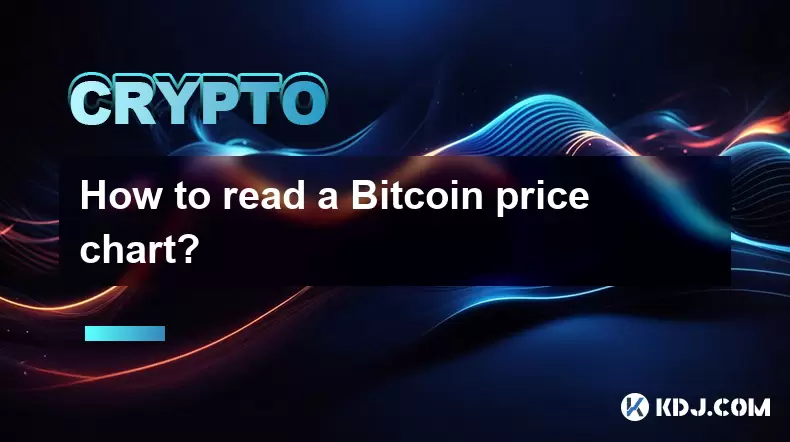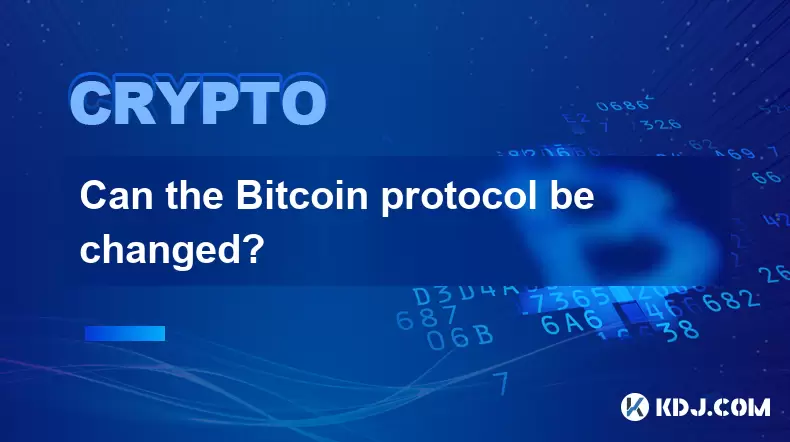-
 Bitcoin
Bitcoin $113200
1.54% -
 Ethereum
Ethereum $4368
1.43% -
 XRP
XRP $3.022
4.23% -
 Tether USDt
Tether USDt $0.0000
-0.01% -
 BNB
BNB $883.5
0.92% -
 Solana
Solana $219.5
5.29% -
 USDC
USDC $0.9997
-0.02% -
 Dogecoin
Dogecoin $0.2411
3.66% -
 Cardano
Cardano $0.8908
5.48% -
 TRON
TRON $0.3349
0.94% -
 Hyperliquid
Hyperliquid $54.50
8.93% -
 Chainlink
Chainlink $23.73
5.54% -
 Ethena USDe
Ethena USDe $1.001
-0.01% -
 Sui
Sui $3.602
5.47% -
 Stellar
Stellar $0.3861
5.90% -
 Bitcoin Cash
Bitcoin Cash $585.1
-1.13% -
 Avalanche
Avalanche $26.09
4.37% -
 Hedera
Hedera $0.2325
5.06% -
 UNUS SED LEO
UNUS SED LEO $9.549
-0.23% -
 Litecoin
Litecoin $114.2
1.13% -
 Cronos
Cronos $0.2502
-2.95% -
 Toncoin
Toncoin $3.134
1.24% -
 Shiba Inu
Shiba Inu $0.00001307
4.10% -
 Polkadot
Polkadot $4.148
3.50% -
 Uniswap
Uniswap $9.759
3.47% -
 Ethena
Ethena $0.8495
11.24% -
 World Liberty Financial
World Liberty Financial $0.2188
3.76% -
 Dai
Dai $0.9997
-0.03% -
 Monero
Monero $271.7
0.21% -
 Aave
Aave $309.2
2.95%
How to read a Bitcoin price chart?
Bitcoin price charts use candlesticks to show trends, with green candles indicating gains and red showing losses, helping traders predict market moves.
Jul 07, 2025 at 11:50 am

Understanding the Basics of a Bitcoin Price Chart
A Bitcoin price chart is a visual representation of how the value of Bitcoin has changed over time. These charts are essential tools for traders and investors who want to analyze trends, make predictions, and execute trades based on historical data. The most common type of chart used in cryptocurrency trading is the candlestick chart, which provides detailed information about the open, high, low, and close prices within specific time intervals.
Each candlestick represents a set period — for example, one minute, five minutes, one hour, or even one day. The body of the candle shows the range between the opening and closing prices. If the body is green, it indicates that the closing price was higher than the opening price (a bullish movement). A red candle means the closing price was lower than the opening price (a bearish movement).
The thin lines above and below the body, known as wicks or shadows, show the highest and lowest prices reached during that time frame. Understanding these elements helps users interpret market sentiment and potential reversals.
Identifying Key Components of a Bitcoin Chart
To read a Bitcoin chart effectively, you must be familiar with several key components:
- Timeframe: This refers to the interval represented by each candle. You can choose from 1-minute, 5-minute, 1-hour, daily, weekly, and monthly views depending on your trading strategy.
- Volume Bars: Located beneath the main chart, volume bars represent the amount of Bitcoin traded during each candle. High volume often confirms strong price movements.
- Indicators: Tools like Moving Averages (MA), Relative Strength Index (RSI), and Bollinger Bands can be overlaid onto the chart to help identify trends, momentum, and volatility.
- Support and Resistance Levels: These are horizontal lines drawn at price levels where Bitcoin has historically struggled to break through (resistance) or found buying interest (support).
By combining these components, traders can form a clearer picture of current market conditions and potential future price actions.
Navigating Different Timeframes for Analysis
Selecting the appropriate timeframe is crucial when reading a Bitcoin chart. Short-term traders may use 1-minute or 5-minute charts to scalp small profits throughout the day, while swing traders might prefer 4-hour or daily charts to capture larger price moves.
Long-term investors typically rely on weekly or monthly charts to understand broader trends and macroeconomic influences. It’s important to note that what appears as a bullish trend on a 1-hour chart could be part of a larger downtrend when viewed on a daily chart.
Cross-referencing multiple timeframes can provide deeper insights. For instance, if the daily chart shows a strong support level, checking the 4-hour chart might reveal a potential entry point for a long position.
Recognizing Candlestick Patterns and Their Significance
Candlestick patterns play a vital role in technical analysis. Some of the most commonly watched patterns include:
- Bullish Engulfing Pattern: A large green candle completely engulfs the previous red candle, indicating a possible reversal from a downtrend to an uptrend.
- Bearish Engulfing Pattern: Similar to the bullish version but in reverse, signaling a potential downtrend.
- Hammer: A candle with a long lower wick and small body at the top, suggesting rejection of lower prices and a potential reversal.
- Shooting Star: Resembles a hammer but appears after an uptrend, warning of a possible bearish reversal.
These patterns become more reliable when they occur near significant support or resistance levels and are confirmed by increased trading volume.
Using Indicators to Enhance Your Reading of the Chart
Technical indicators add layers of analysis to the raw price action. Here's how some popular ones work:
- Moving Averages (MA): These smooth out price data to create a single flowing line, making it easier to identify trends. The 50-day MA crossing above the 200-day MA (known as the Golden Cross) is seen as a strong bullish signal.
- Relative Strength Index (RSI): Measures the speed and change of price movements. An RSI above 70 suggests overbought conditions, while below 30 indicates oversold territory.
- Bollinger Bands: Composed of a middle moving average and two standard deviation bands above and below. Prices touching the upper band may suggest overbought conditions, while those hitting the lower band may indicate oversold levels.
Combining these indicators with candlestick patterns and volume analysis can significantly improve the accuracy of your readings.
Practical Steps to Read a Bitcoin Chart Step-by-Step
Here’s a practical guide to interpreting a Bitcoin chart effectively:
- Open your preferred trading platform such as Binance, Coinbase Exchange, or TradingView.
- Select the BTC/USDT pair to view Bitcoin’s price against Tether.
- Choose a timeframe that aligns with your trading goals—1-hour, 4-hour, or daily is ideal for most traders.
- Add volume bars to the bottom of the chart to gauge the strength behind price movements.
- Overlay a 50-period and 200-period Moving Average to identify trend direction.
- Look for recent candlestick patterns that might indicate a reversal or continuation.
- Draw support and resistance lines manually based on past price behavior.
- Check the RSI indicator to determine whether the asset is overbought or oversold.
Following these steps allows you to build a comprehensive understanding of the current market dynamics surrounding Bitcoin.
Frequently Asked Questions (FAQ)
What does a green candle mean on a Bitcoin chart?A green candle indicates that the closing price of Bitcoin was higher than its opening price during that specific time interval, signaling a bullish movement.
How do I know if a support level is strong?A strong support level is typically defined by multiple instances where the price bounced off that level without breaking through. The more times the price respects this level, the stronger it becomes.
Can I trade Bitcoin solely based on candlestick patterns?While candlestick patterns are useful, they should not be used in isolation. Combining them with volume analysis, indicators, and support/resistance levels increases the probability of successful trades.
Why is volume important when reading a Bitcoin chart?Volume reflects the intensity of buying or selling pressure. High volume during a breakout or breakdown confirms the strength of the move, whereas low volume may suggest a false signal.
Disclaimer:info@kdj.com
The information provided is not trading advice. kdj.com does not assume any responsibility for any investments made based on the information provided in this article. Cryptocurrencies are highly volatile and it is highly recommended that you invest with caution after thorough research!
If you believe that the content used on this website infringes your copyright, please contact us immediately (info@kdj.com) and we will delete it promptly.
- USDT0 & X Layer: Unifying Stablecoin Liquidity for a Seamless Web3 Experience
- 2025-09-09 22:45:15
- OnePiece Labs, Solana, and Web3 Acceleration: A Deep Dive
- 2025-09-09 23:45:12
- PENGU Price, PepeNode, and the Funding Revolution: What's Hot in Crypto?
- 2025-09-10 00:05:14
- Dogcoin Mining: Turning a Meme into a Profit Source
- 2025-09-09 22:45:15
- Lyno AI on Avalanche: Accumulating Gains with AI-Powered Trading
- 2025-09-10 00:10:12
- Pepe Coin vs. Layer Brett: Which Meme Coin Will Dominate?
- 2025-09-10 00:10:12
Related knowledge

Why is Bitcoin considered a revolutionary technology?
Aug 12,2025 at 08:29pm
Decentralization and the Elimination of Central AuthoritiesThe core innovation behind Bitcoin lies in its decentralized architecture, which fundamenta...

Why is Bitcoin considered a revolutionary technology?
Aug 10,2025 at 07:42pm
Decentralized Architecture and Trustless TransactionsBitcoin is considered revolutionary because it introduced a decentralized architecture that opera...

What are the key features of Bitcoin?
Aug 10,2025 at 02:50am
Decentralization and Peer-to-Peer NetworkOne of the most defining characteristics of Bitcoin is its decentralized nature. Unlike traditional financial...

Can the Bitcoin protocol be changed?
Aug 07,2025 at 01:16pm
Understanding the Bitcoin ProtocolThe Bitcoin protocol is the foundational set of rules that govern how the Bitcoin network operates. It defines every...

Can the Bitcoin protocol be changed?
Aug 11,2025 at 01:01am
Understanding the Bitcoin Protocol StructureThe Bitcoin protocol is the foundational set of rules that govern how the Bitcoin network operates. These ...

What happens to Bitcoin transactions once they are confirmed?
Aug 09,2025 at 05:22am
Understanding Bitcoin Transaction ConfirmationWhen a Bitcoin transaction is initiated, it is broadcast to the network and placed in a pool of unconfir...

Why is Bitcoin considered a revolutionary technology?
Aug 12,2025 at 08:29pm
Decentralization and the Elimination of Central AuthoritiesThe core innovation behind Bitcoin lies in its decentralized architecture, which fundamenta...

Why is Bitcoin considered a revolutionary technology?
Aug 10,2025 at 07:42pm
Decentralized Architecture and Trustless TransactionsBitcoin is considered revolutionary because it introduced a decentralized architecture that opera...

What are the key features of Bitcoin?
Aug 10,2025 at 02:50am
Decentralization and Peer-to-Peer NetworkOne of the most defining characteristics of Bitcoin is its decentralized nature. Unlike traditional financial...

Can the Bitcoin protocol be changed?
Aug 07,2025 at 01:16pm
Understanding the Bitcoin ProtocolThe Bitcoin protocol is the foundational set of rules that govern how the Bitcoin network operates. It defines every...

Can the Bitcoin protocol be changed?
Aug 11,2025 at 01:01am
Understanding the Bitcoin Protocol StructureThe Bitcoin protocol is the foundational set of rules that govern how the Bitcoin network operates. These ...

What happens to Bitcoin transactions once they are confirmed?
Aug 09,2025 at 05:22am
Understanding Bitcoin Transaction ConfirmationWhen a Bitcoin transaction is initiated, it is broadcast to the network and placed in a pool of unconfir...
See all articles
























































































